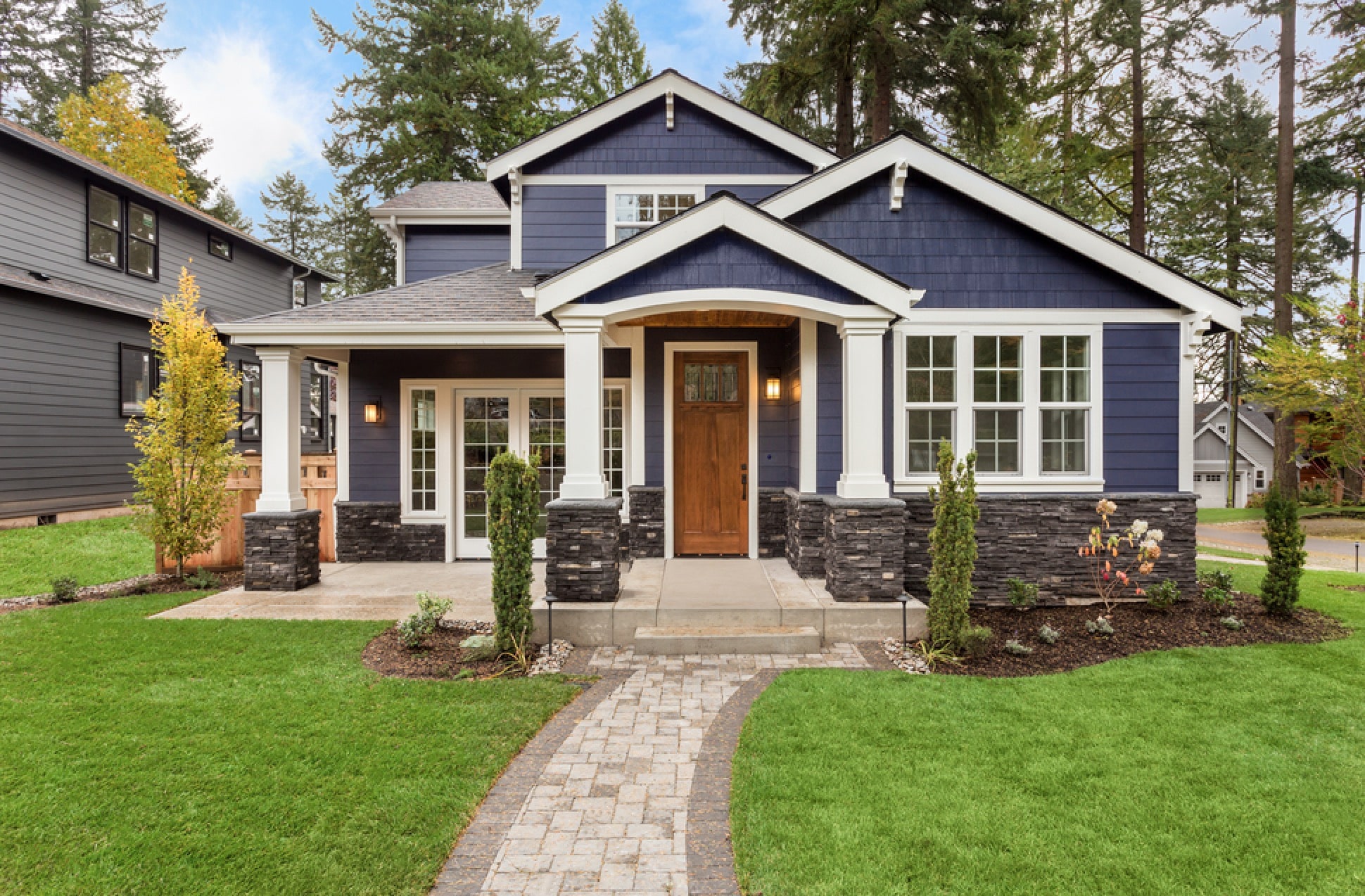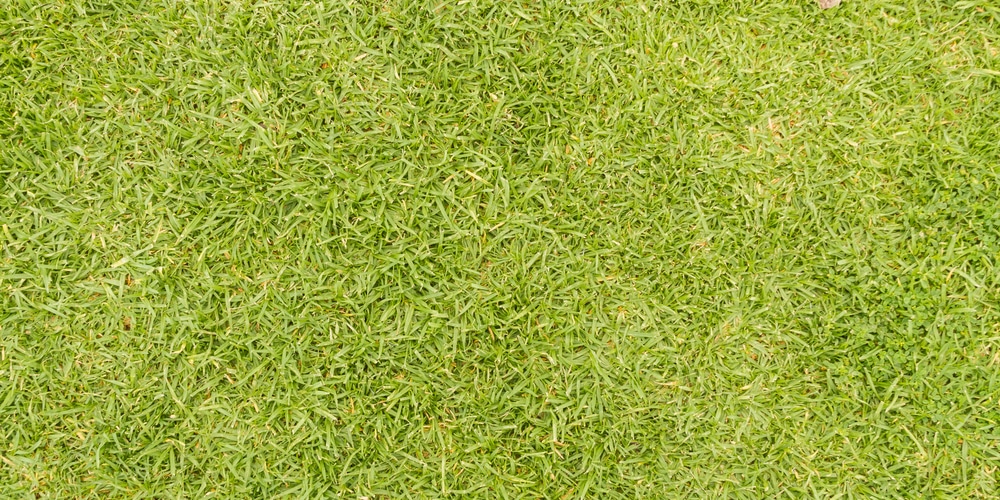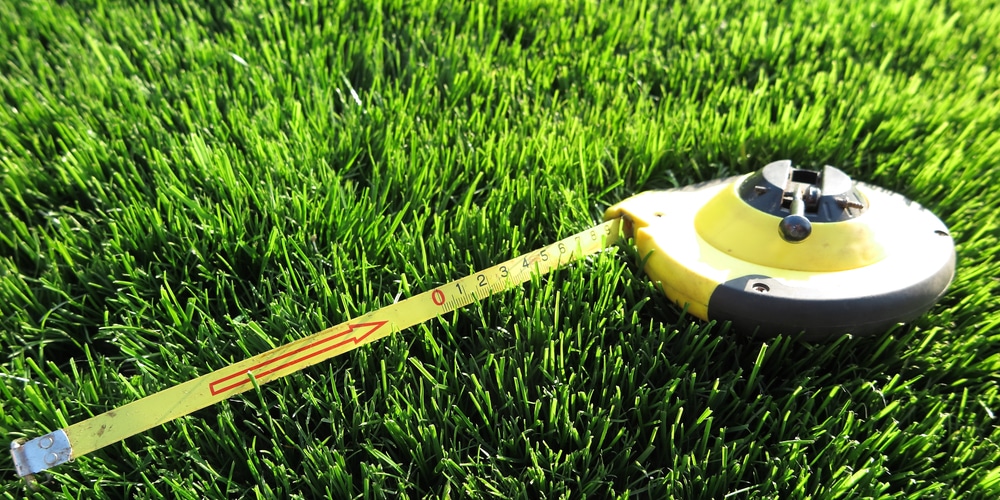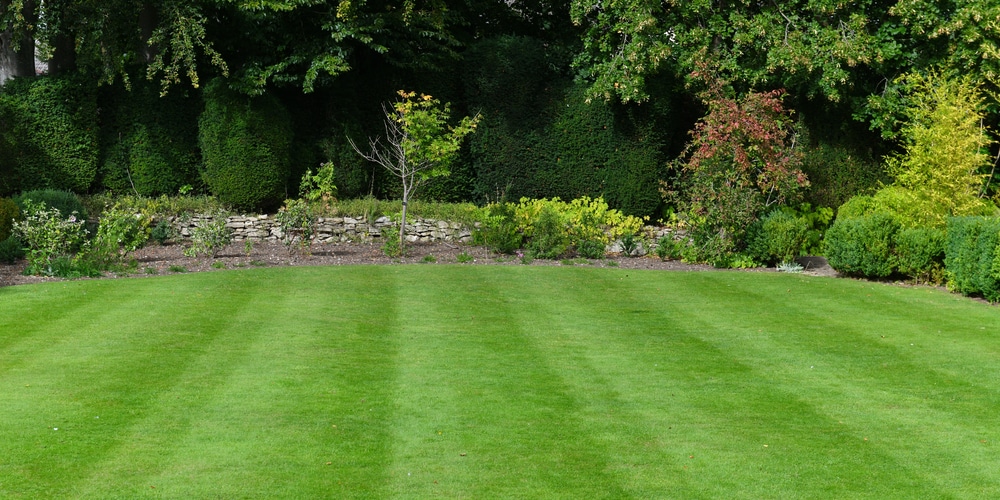
Grass Seed Planting Through the 3 Possible Seasons
When deciding on the best time to plant grass seed, consider that grasses fall into two major categories: cool-season and warm-season grasses.
Your planting strategy will differ based on the grass type suited to your climate.
Cool-Season Grasses
Cool-season grasses thrive in northern regions with cold winters and warm summers, and they have two optimal planting times:
- Spring: Capitalize on the moderate temperatures and increased rainfall in spring.
- A good rule of thumb for planting cool-season grass is when daytime temperatures are consistently between 60°F and 75°F.
- Fall: This is the preferred planting time.
- Begin sowing seeds when the warm summer weather tapers off but before the onset of freezing temperatures. Aim for soil temperatures about 50°F to 65°F.
Popular varieties include Kentucky Bluegrass, Fescue, and Ryegrass.
Warm-Season Grasses
These grasses are ideal for southern regions and should be planted when the soil warms up:
- Late Spring to Early Summer: Ensure soil temperatures remain above 65°F for successful seed germination.
This generally means planting after the last spring frost and before the peak of summer heat.
Common examples are Bermudagrass and Zoysiagrass.
General Tips:
- Soil Testing: Always test your soil before planting to understand the pH and nutrient levels.
- Moisture Management: Maintain consistent moisture in the soil without overwatering.
- Weed Control: Address competitive weeds prior to planting to give your seed the best chance.
For more details, explore guides on timing lawn establishment and specific grass planting tips.
When to Plant By Region
When it comes to planting grass seed, your region plays a crucial role in determining the best time to sow for the most vigorous growth.
Optimal Planting Times by Region
- Northeast & Midwest: Plant cool-season grasses in late summer to early fall when the soil is warm, but temperatures begin to cool. This gives the grass time to establish before winter.
- Southern States: Warm-season grasses should be planted when soil temperatures are consistently above 65°F, generally between late spring and early summer.
- Pacific Northwest: Sow cool-season grasses in the fall or early spring when rainfall is plentiful to naturally assist with growth.
- Southwest: Due to the hot climate, planting in early spring or late fall is ideal when temperatures are milder.
Climate Impact on Seed Growth
- Temperature: Grass seed needs a specific temperature range to germinate; cool-season grasses prefer 50-65°F, while warm-season grasses need 70-90°F.
- Moisture: Water is essential; seedbeds require consistent moisture for germination, and rainfall can support this without the need for constant irrigation.
- Sunlight: Different grass types have varying sunlight requirements, but most need 4-6 hours of direct sunlight daily to thrive.
Grass Seed Types and Their Planting Times
Choosing the right time to plant grass seed is crucial for the successful establishment of your lawn. The optimal planting time varies significantly depending on whether you’re dealing with cool-season or warm-season grasses.
Cool-Season Grasses
- Optimal Planting Time: Aim to sow cool-season grass seeds in the early fall or late summer. This timing allows the grass to establish before winter.
- Types of Cool-Season Grasses:
- Kentucky bluegrass: prime planting in September through early October.
- Fine fescue: best sown from mid-August to mid-September.
- Tall fescue: ideal to plant from August to early October.
- Perennial ryegrass: optimal time is late summer to early fall.
Grasses in this category thrive in areas with cold winters and warm summers. They experience peak growth during the cooler parts of the growing season. For specific recommendations tailored to your region, consider this guide on the best planting times.
Warm-Season Grasses
- Optimal Planting Time: These grasses perform best when seeded in late spring or early summer, as they need warm soil to germinate.
- Types of Warm-Season Grasses:
- Bermuda grass: best planted from late spring through early summer.
- Zoysia grass: optimal planting time is from late spring to summer.
- St. Augustine grass: ideal to sow when nighttime temperatures are consistently above 65°F.
- Centipede grass: should be planted in late spring when soil temperatures are warm.
Warm-season grasses are suited to regions with hot summers and mild winters. They grow most actively during the height of summer. For a breakdown of the best times to plant grass seed based on your state, you might find this 50 state planting guide helpful.
Soil Preparation and Maintenance for Seeding
Proper soil preparation is critical for the successful establishment of your grass seed. A well-prepped soil encourages healthy root development and ensures good seed-to-soil contact which is key for germination.
Here are steps to help you prepare your soil for seeding:
- Remove Debris: Clear your lawn of rocks, sticks, and other debris.
- Rake thoroughly to eliminate old grass clippings and thatch.
- Soil Testing: Conduct a soil test to determine pH levels and nutrient deficiencies.
- Amend your soil based on the test results to provide an optimal growing environment.
- Tillage:
- Loosen the soil to about a depth of 6 inches.
- For compacted areas, core aeration can improve soil structure and oxygenation.
Post-Planting Maintenance:
- Watering: Keep the soil consistently moist but not waterlogged.
- As suggested by Homes & Gardens, water for short periods multiple times a day, adjusting for weather conditions.
- Fertilization: Apply starter fertilizer to promote vigorous growth.
- Preferably choose a fertilizer with a high phosphorus content to aid in root development.
Daily Monitoring is vital during the germination period. Keep an eye for:
- Moisture levels
- Signs of germination
- Weed growth to act promptly if needed
Remember, patience is essential. It might take a few weeks for new blades to appear.
For improved soil quality, adding organic matter such as compost can be very beneficial. It enhances soil structure, nutrient content, and moisture retention capacities.
Factors Affecting Grass Seed Germination
The success of your grass seed germination hinges on a few crucial factors that create the ideal growth conditions. Let’s dive into the specifics.
Soil Temperature and Moisture
- Soil Temperature: Grass seeds require an optimal soil temperature range to germinate successfully.
- Cool-season grasses often need soil temperatures of about 50 to 60 degrees Fahrenheit, whereas warm-season grasses germinate best when soil temperatures are between 65 and 75 degrees Fahrenheit.
- For example, Bermudagrass expects to see germination between 10 days to a month, largely depending on soil temps.
- Soil Moisture: A key ingredient for germination is consistent soil moisture.
- Your seeds need to be kept moist but not waterlogged.
- Over-watering can drown seeds, and under-watering can cause them to dry out.
Sunlight and Shade Requirements
- Sunlight: The amount of sunlight your seeded area receives is critical.
- Most grass types need between 4 to 6 hours of direct sun per day to germinate effectively. However, there are shade-tolerant seeds that can manage with less.
- Shade: If you’re sowing seed in a shady area, you need to ensure that your chosen grass type can handle lower levels of sunlight.
- Remember, even shade-tolerant grasses need some light, so think dappled sunlight rather than deep shade.
Frequently Asked Questions
In this section, we tackle all your grass-seeding queries, from optimal seeding seasons to regional best practices, to set you up for a lush lawn.
What is the optimal season for planting grass seed?
The ideal time for sowing grass seed depends on whether you’re dealing with cool-season or warm-season varieties.
Cool-season grasses flourish when planted in early fall, while warm-season grasses are best sown late spring to early summer as they need warm soil to germinate effectively.
Which month is most suitable for sowing grass seed?
For cool-season grasses, September often provides a perfect blend of cooler temperatures and adequate moisture.
If you’re planting warm-season grasses, aim for late spring to early summer, typically from May to July, to capitalize on the warm soil temperatures.
How does planting grass seed in the Midwest differ from other regions?
The Midwest generally falls within the optimal zones for cool-season grasses. Here, the best times for planting are:
- Early fall, for established growth before winter.
- Spring, when the frost has passed and temperatures are consistently mild.
What are the best conditions for planting grass seed in the Northeast?
In the Northeast, you’ll achieve the best results by planting in late summer to early fall when the following conditions align:
- Soil temperatures range from 50-65 degrees Fahrenheit.
- The likelihood of frost has diminished.
- There is consistent moisture, but not oversaturation from fall rains.
Is there a specific temperature range ideal for planting grass seed in spring?
Yes, for spring planting, aim for a soil temperature between 50-65 degrees Fahrenheit.
Grass seed germinates best when daytime temperatures are between 60-75 degrees Fahrenheit, which often occurs in spring.
What guidelines should be followed for planting grass seed in the coastal and southern zones, such as zone 7?
If you’re in zone 7 or similar coastal and southern zones:
- Plant warm-season grasses between March and August.
- Ensure the soil temperature has reached at least 65 degrees Fahrenheit before sowing.
- Bermuda grass is a popular choice in these areas and can be planted through spring and summer.
Last update on 2025-04-04 / Affiliate links / Images from Amazon Product Advertising API






